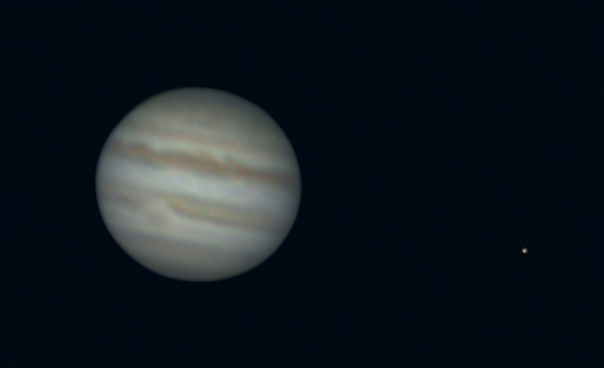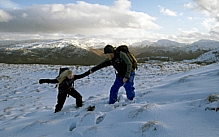Click on any of the pics to open up a bigger version in a lightbox thingy.
The drive out of Copenhagen wasn't as simple as we thought it would be - we had adequate maps and directions, but the roadsigns in the city were sparse and difficult to follow. Eventually we escaped southwards and after a couple of hours we arrived at the Feddet campsite. We were assigned a pitch and soon had our tents (and tarp) set up at the edge of the site right next to the sand-dunes:

After going into the nearest town for supplies, we spent the rest of the next day on the beach, which was all of 30 yards away from the tent:

In the evening the sky was amazingly clear. I spent a few hours on the beach taking pictures of the Milky Way:
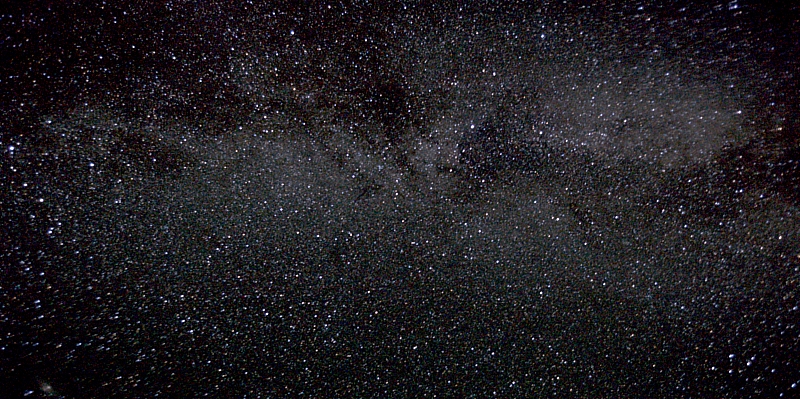
The peak of the Perseid meteor shower was still a few days off, but there were plenty on show this night:

The next day we headed off inland to visit a few of the local towns and villages. We had a pleasant woodland walk around Nygårds Vænge, a place of trees:

lakes:

logs:

and crisp-eating furriners:

Back at the campsite we had a go on the assault-course. Anna took it quite seriously:

while Ella used it as another posing-opportunity:
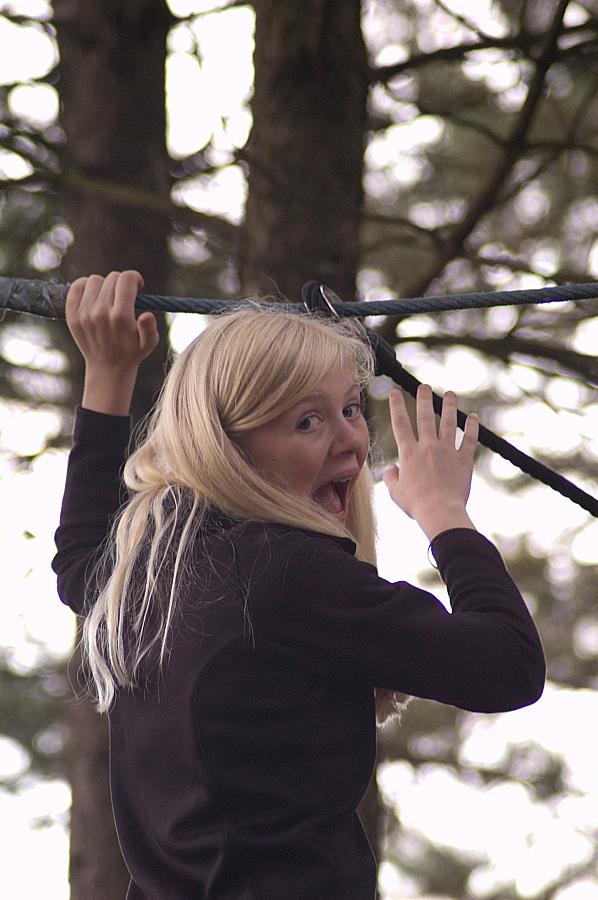
while the local squirrel population looked on, unimpressed:

In the evening I went back to the beach:

and took some pics of the strand-line:
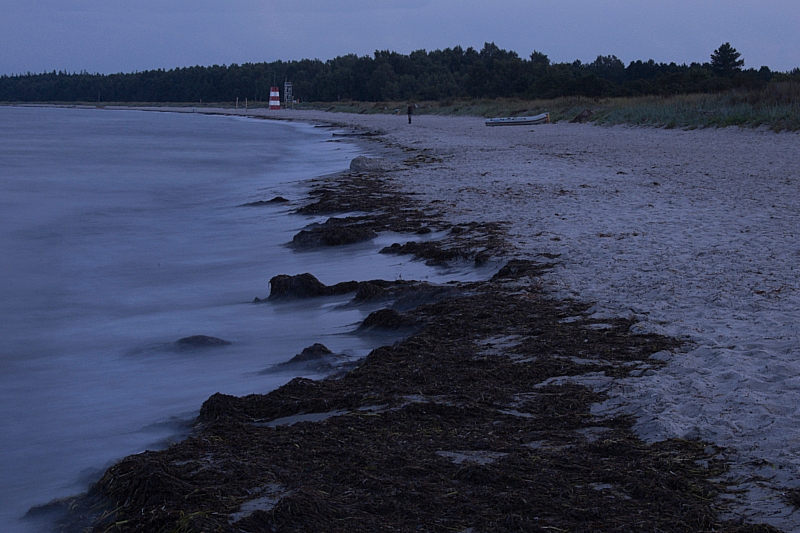
Later that night a series of thunderstorms passed by. I couldn't resist the chance to get some pics of the lightning:

In the morning we decided to take a walk to the end of Feddet Strand. As we passed the washrooms, I nabbed this pic of a swallow in a nest in the eaves:

and another, this time a trio of a different species:

Soon we were making our way down the track to the end of the strand:
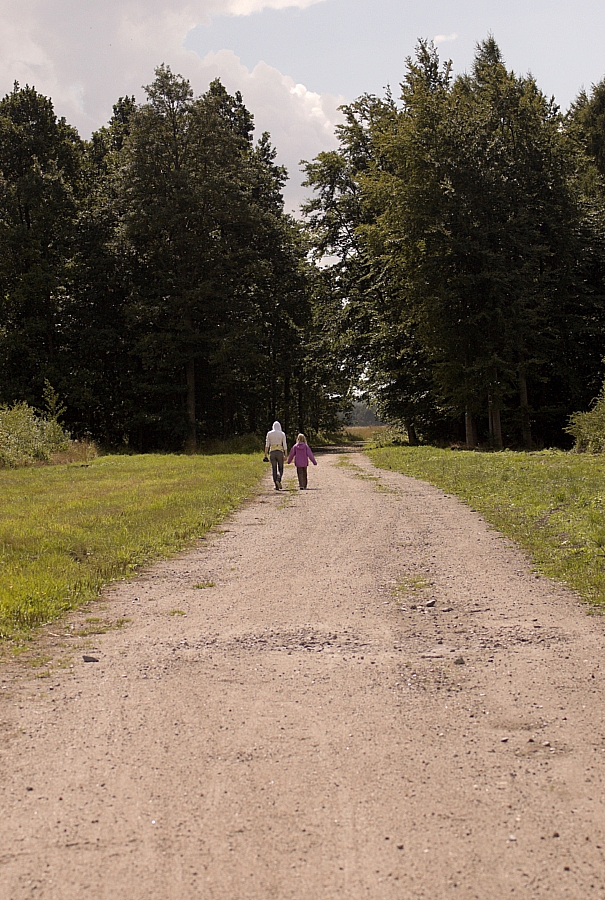
The observation-tower at the end proved to be a disappointment, there being no interesting wildlife there to observe. It did, however, prove to be a good shelter during a short storm. The weather brightened up considerably during the walk back:

through the woods:
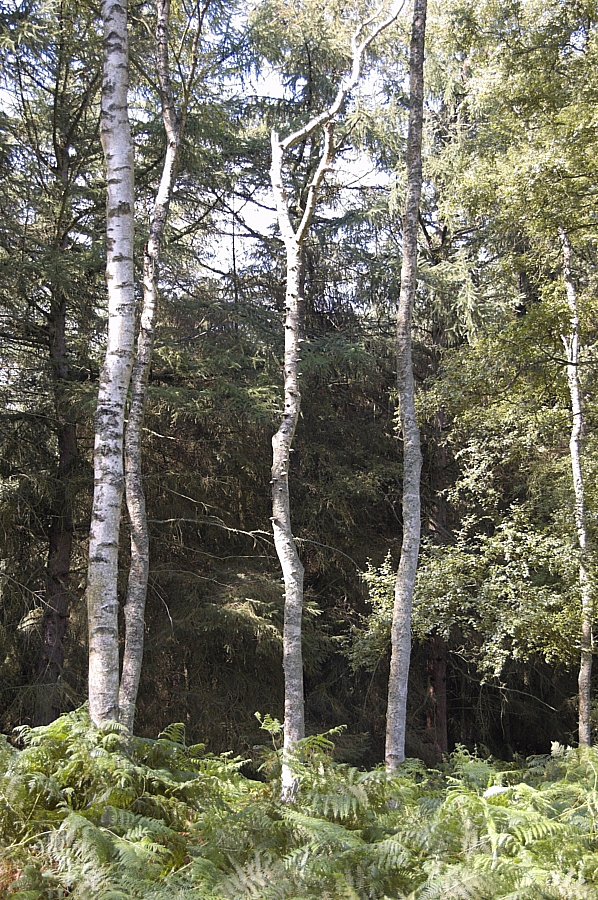
and past more log-piles:

During a shower we took shelter in the woods, where there were many toadstools such as these:

and this:

We got back to the site just in time to have a go at making twist-bread over a wood-fire. Anna was really good at this:

The evening was spent in the company of the Baxter family from the neighbouring caravan, where we chatted away and consumed many of their drinks. The next morning we had to pack up and say our goodbyes to them:

and to this character, who took a shine to their caravan:

Then we were off again, driving to our final campsite at Billund to prepare for our assault on Legoland.
To be continued...


